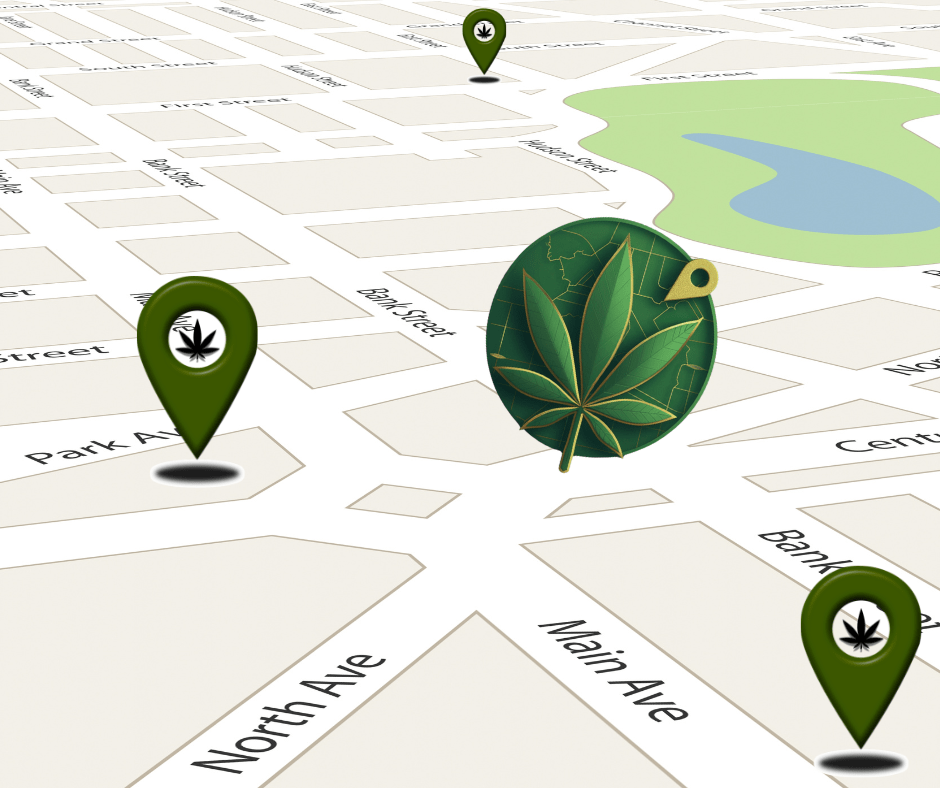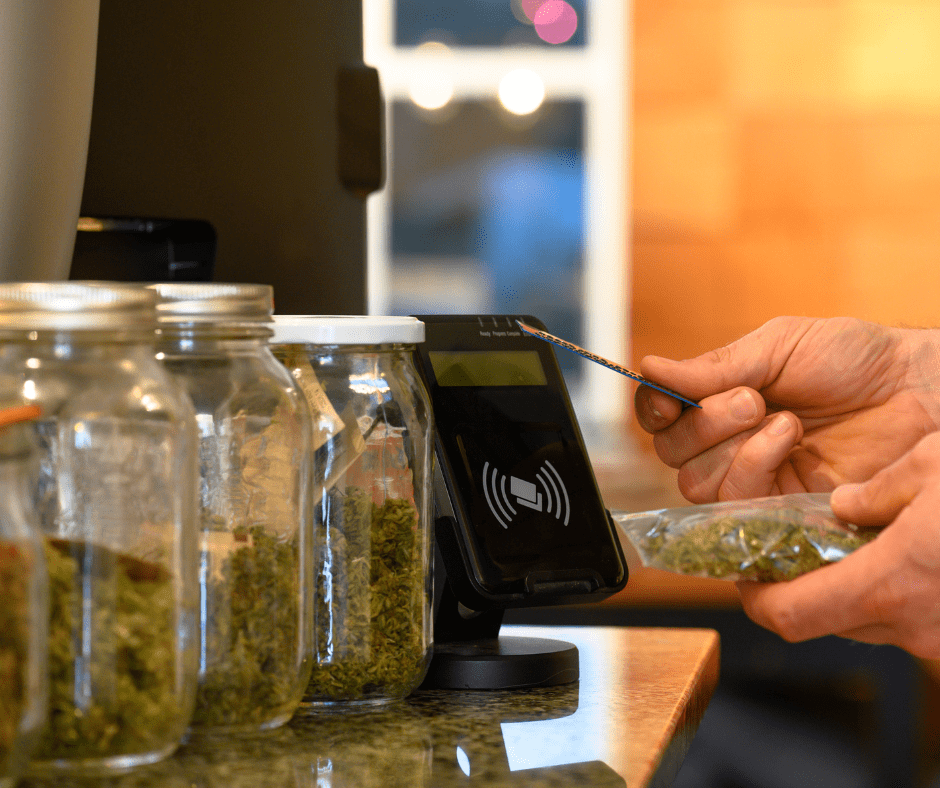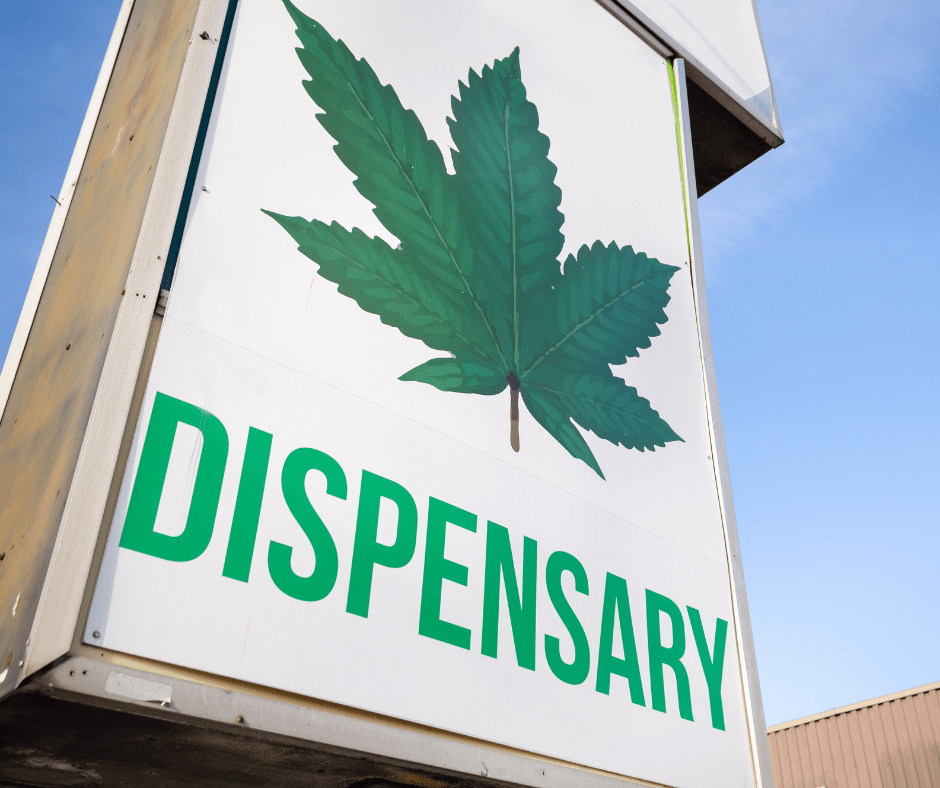What Is a Dispensary?

Ever walked past a store with a green cross or a peculiar leaf emblem and wondered, “What on earth is a dispensary?” You’re not alone. Dispensaries have sprouted up in many locales, becoming as commonplace as your neighborhood coffee shop—with a different menu. Let’s dive into the world of dispensaries and demystify these contemporary purveyors of regulated substances.
The Genesis of Dispensaries

At its core, a dispensary is an establishment that distributes products, typically medications or other regulated substances. Think of it as the modern-day equivalent of an apothecary.
Historically, dispensaries were places where you’d find medicinal concoctions, health supplies, and sage advice from your friendly neighborhood pharmacist.
From Apothecaries to Cannabis: The Evolution
Fast forward to today, and the term “dispensary” has taken on a new dimension, especially within the cannabis industry. In this context, a dispensary is a licensed establishment that sells cannabis products, ranging from traditional flower buds to edibles, tinctures, and topicals. These aren’t clandestine operations shrouded in mystery; they’re legitimate businesses operating under stringent regulations.
Medical vs. Recreational: The Two Faces of Cannabis Dispensaries
Not all dispensaries are created equal. There are two primary types:
- Medical Dispensaries: These cater to patients with a prescription or a medical marijuana card. They’re focused on providing cannabis products that can alleviate symptoms of various health conditions, from chronic pain to epilepsy.
- Recreational Dispensaries: These are for the general adult population looking to purchase cannabis for personal enjoyment. No medical reason is required—just meet the age criteria, and you’re good to go.
Navigating the Regulatory Maze

Running a dispensary isn’t as simple as setting up shop and stocking shelves. These businesses operate under complex regulations that vary by state, county, and even municipality. Compliance isn’t just a buzzword; it’s a critical aspect that can make or break a dispensary.
Reporting and Compliance
Dispensaries must regularly report their inventory and sales to state authorities. This isn’t a casual end-of-month task; it’s a meticulous process that often requires daily updates. Failure to comply can result in hefty fines or even the loss of a license.
Seed-to-Sale Tracking
To ensure that every cannabis product is accounted for, dispensaries utilize seed-to-sale tracking systems. This means that every step is documented from the moment a cannabis seed is planted to the point it lands in a customer’s hands.
Marketing in a Restricted Landscape

You might think marketing a dispensary is as straightforward as any other retail business. Think again.
The Digital Advertising Blackout
Major advertising platforms like Google and Facebook have stringent policies restricting cannabis-related advertising. So, how do dispensaries get the word out?
The Power of Local SEO
Dispensaries lean heavily on local cannabis Search Engine Optimization (SEO) strategies. This involves optimizing their online presence so that they appear in local search results, especially on platforms like Google Business Profile.
Specialized Listing Platforms
Websites like Leafly and Weedmaps are integral to a dispensary’s marketing arsenal. These platforms allow dispensaries to list their menus, prices, and deals and even accept reviews.
- Consistency is Key: Ensuring that business information is consistent across all platforms enhances visibility and credibility.
- Customer Engagement: Active profiles on these platforms allow dispensaries to interact with customers, respond to reviews, and post updates.
Enhancing the Customer Experience
A dispensary’s success hinges on its ability to attract and retain customers.
Dynamic Menus and Deals
Using specialized platforms, dispensaries can update their product offerings in real time, showcasing the latest strains, products, and promotions.
So, What Is a Dispensary?

In essence, a dispensary is a regulated retail outlet where individuals can purchase cannabis products legally. But scratch beneath the surface, and you’ll find a sophisticated operation navigating complex regulations, employing advanced technologies, and leveraging innovative marketing strategies to thrive in a competitive market.
Whether you’re a curious passerby, a potential customer, or an aspiring dispensary owner, understanding the intricacies of a dispensary and how it operates gives you a glimpse into a rapidly evolving industry that’s more than just a “store.”
Are you interested in exploring more about dispensaries or perhaps venturing into the business yourself? Dive deeper into the world of cannabis retail, and you might just find it’s not as hazy as it seems.
